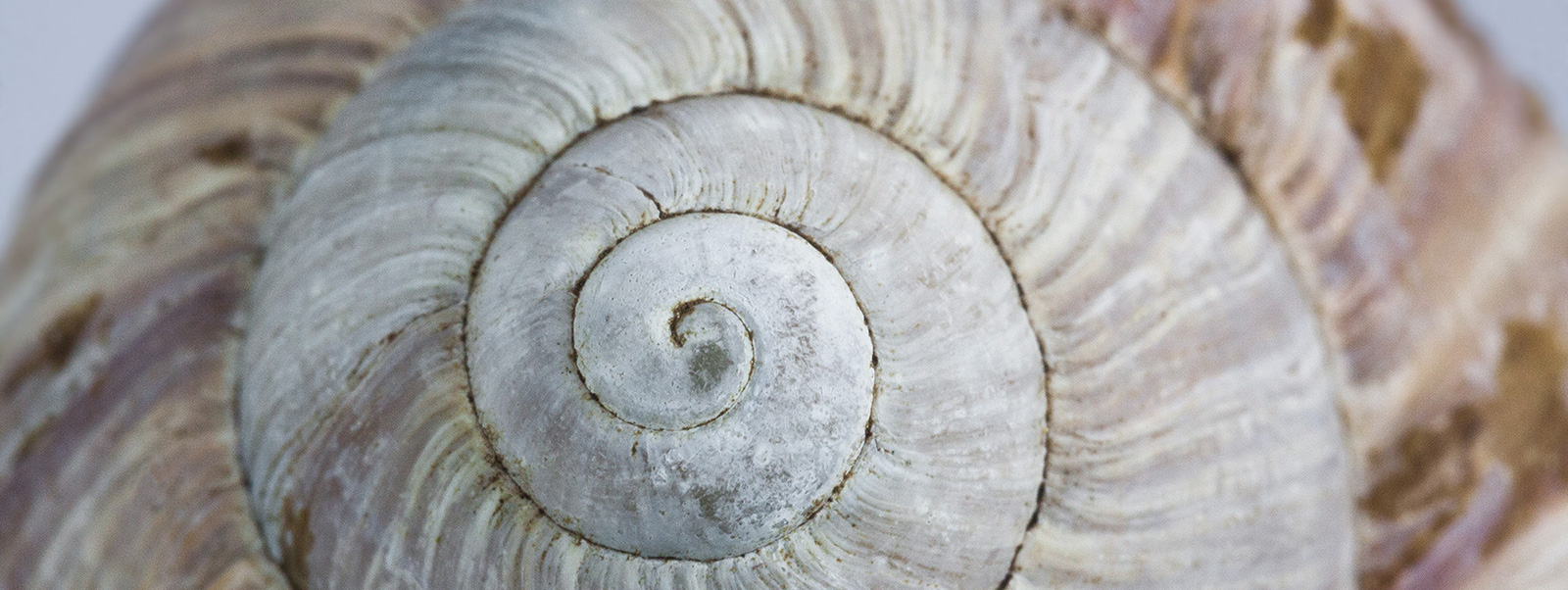The Look of Love
 Love is an act of the imagination. We daub our lover with our oldest longing. We paint his lips with our most noble and generous magnificence. Love photoshops her imperfections. Love ennobles his good qualities, assigns them with mythical powers. In our lover’s vow we talk, we touch, we seal our dreams with a kiss. We know that we are beautiful. In the warm nascence of Love we touch our holy longing. In the Mystery of barely knowing him we travel the world, design our new home, merge in our anticipation of something new, something more. As the sun rises we bask in possibility.
Love is an act of the imagination. We daub our lover with our oldest longing. We paint his lips with our most noble and generous magnificence. Love photoshops her imperfections. Love ennobles his good qualities, assigns them with mythical powers. In our lover’s vow we talk, we touch, we seal our dreams with a kiss. We know that we are beautiful. In the warm nascence of Love we touch our holy longing. In the Mystery of barely knowing him we travel the world, design our new home, merge in our anticipation of something new, something more. As the sun rises we bask in possibility.
Yet according to research on neurobiology, the potent alchemy of attraction is spiked with dopamine, norepinephrine, and serotonin. Our intense emotional and physical fusion is only possible with someone we do not yet really know.
We are as changeable as chameleons, as contrary as Mary. In order to feel fully alive we need a sprinkling of mystery. We require a dash of novelty. We need a splash of change, blended with just enough safety and continuity to ground us. Risk and Fear. Safety and Adventure. We fluctuate like clouds that shape shift across a summer sky.
When we commit to each other, marry or cohabit, our brains produce the bonding chemicals, oxytocin and vasopressin. We want togetherness – and difference to keep things interesting. Yet in the otherness of our partner we so often respond with judgement. Or we set the bar high for an athletic leap of great expectations which breaks the legs of spiritual growth and sprains our soul’s warm desire.
Our heightened dependence on just one person makes us vulnerable. So we stack up the sandbags against the rising waters of uncertainty. We construct a prison of predictability in our relationships, and choose to stay behind narrow bars of bland neutrality.
Our script of staid of assumptions goes something like this: “I always know what you’re thinking” or “he doesn’t talk about emotions.” It may sound like “he’s my rock” or “she would never have an affair”. It might be the stolidly dependable “she always takes care of all our finances.”
So we dis-own our passion and vitality, clutch at things we feel we can control. We blinker our eyes and stop being curious.
Risk and Fear are the Guardians at the gate of Love. We cannot be truly intimate or sexually playful when we are vigilant or fearful. We cannot be truly intimate or sexually adventurous when we do not take a risk.
 Our relationships work, for a while, within a bounded space, enclosed by children and pets, in-laws, work, social responsibility. Until they don’t. Until something happens to shatter the thin veneer of compromise. Until a raging torrent rushes through the aridity of our sexuality. Until the brittle sacrifices implode in a shower of dust. It may be a death, a health-scare, an affair, the loss of a business, our child leaving home. The comfort of fireside companionship, the tangible solidity of the things we own, and the cadence of routine now does not feed our hunger. We go online and gorge, like starving anorexics feasting on chocolate sundae. Or in the seductive gaze of our work colleague or the children’s tennis coach, we swallow the sweetness we have denied ourselves for decades. And in the rapturous delusion we transcend the mundane and we soar above the clouds sprinkled golden with sunbeams. We become alive again.
Our relationships work, for a while, within a bounded space, enclosed by children and pets, in-laws, work, social responsibility. Until they don’t. Until something happens to shatter the thin veneer of compromise. Until a raging torrent rushes through the aridity of our sexuality. Until the brittle sacrifices implode in a shower of dust. It may be a death, a health-scare, an affair, the loss of a business, our child leaving home. The comfort of fireside companionship, the tangible solidity of the things we own, and the cadence of routine now does not feed our hunger. We go online and gorge, like starving anorexics feasting on chocolate sundae. Or in the seductive gaze of our work colleague or the children’s tennis coach, we swallow the sweetness we have denied ourselves for decades. And in the rapturous delusion we transcend the mundane and we soar above the clouds sprinkled golden with sunbeams. We become alive again.
 Love is a creative act of the Imagination. Its realm is rarefied, intangible, briefly captured like an exquisite butterfly where it flutters to the sound of music, poetry, the wind whispering through the trees.
Love is a creative act of the Imagination. Its realm is rarefied, intangible, briefly captured like an exquisite butterfly where it flutters to the sound of music, poetry, the wind whispering through the trees.
Intimacy waits patiently for Love’s transient rapture to disperse. Intimacy requires time, repetition and the ability to choose each other, again and again. Intimacy is a practiced dance where two dancers move across the floor, present and focused, moving as one, yet firm in our own foot work. The dance of Intimacy requires tenderness and some acceptance. It requires routine and a sense of safety. It requires trust and an ability to create an emotional connection. Yet so often as we spin our soft cocoon of companionable safety, Eros feels swaddled. He becomes a pudgy Cupid, not a virile Lover.
Sex therapist David Schnarch writes, “We’ve reduced adults to infants and infants to a frail ghost of their resilience, reduced marriage to providing safety, security, and compensation for childhood disappointments. We remove our essential drives for autonomy and freedom.”
Psychologist Esther Perel suggests that too much closeness restricts the sense of freedom and autonomy we need for sexual pleasure. “When intimacy collapses into fusion it is not lack of closeness but too much closeness that impedes desire.” She maintains that intimacy only sometimes begets sexuality and that our need for togetherness exists alongside our need for separateness. With too much distance there can be no connection and with too much fusion (the soul mate theory) there is no one to connect with. “Increased emotional stability ironically what makes for good intimacy, does not make for good sex.”
Anais Nin wrote so poignantly, “Love never dies a natural death. It dies because we do not know how to replenish its source.” So how do we replenish Love’s source? In The Passionate Marriage – David Schnarch writes pragmatically, love and desire are “not a matter of peeling away the layers but of developing them—growing ourselves up to be mature and resourceful adults who can solve our current problems.”
 It requires an artist’s eye, a poet’s sensibility, a gourmet’s palate. The willingness to be curious, to engage in the mystery, to re-ignite the flame of Eros with the spark of our human imagination. Perhaps in the break-down of all we know is safe and sure, we discover that it is our partner who has been taking care of our marriage after all. In stretching out of our familiar roles, seeing each other with new eyes we can rebuild a relationship that has collapsed under the heavy weight of our control.
It requires an artist’s eye, a poet’s sensibility, a gourmet’s palate. The willingness to be curious, to engage in the mystery, to re-ignite the flame of Eros with the spark of our human imagination. Perhaps in the break-down of all we know is safe and sure, we discover that it is our partner who has been taking care of our marriage after all. In stretching out of our familiar roles, seeing each other with new eyes we can rebuild a relationship that has collapsed under the heavy weight of our control.
Proust wrote “the real voyage of discovery consists not in seeking new landscapes but in having new eyes.” In the shift of perception, the releasing of our illusions, we see our partner with new eyes. Remember the Na’vi greeting in the movie Avatar? Remember those eyes that said “I see you.”
When we dare to see our partner, extend rather than contract, engage and offer rather than stay stuck in a one-dimensional sitcom, we can risk sharing ourselves more deeply, more honestly, and revel in our aliveness once more. When we balance with skill and reverence the two basic life forces: individuality and togetherness we can look at our own reflection and ask Who do I want to be?
The Look of Love Dusty Springfield







